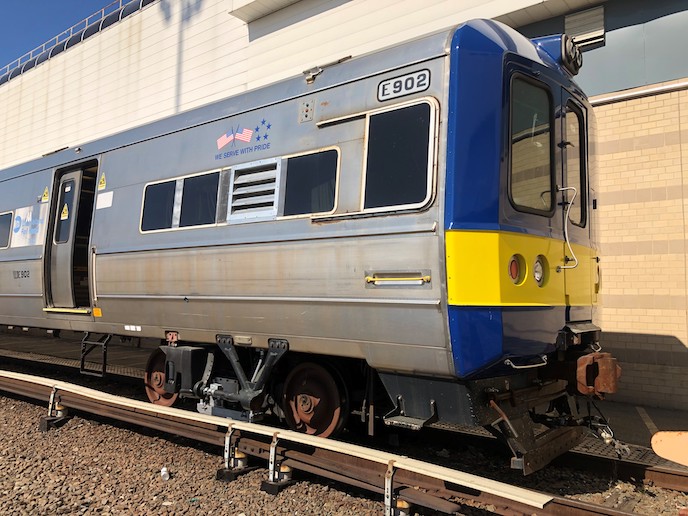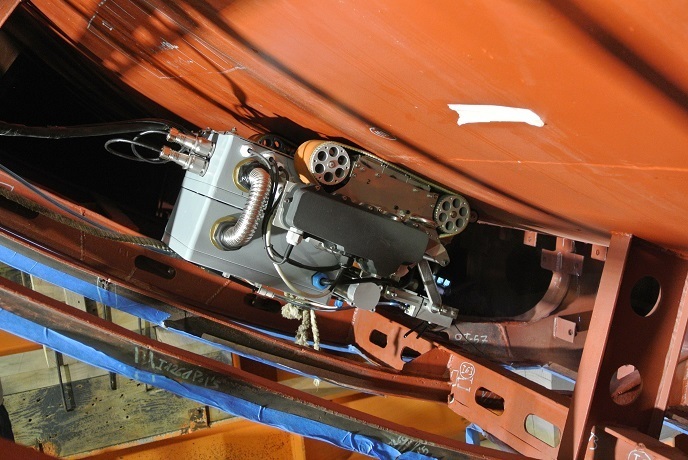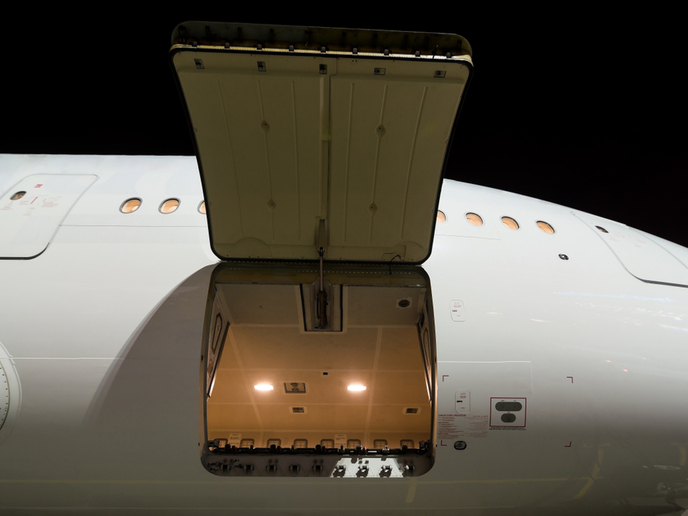Using lasers to clear debris from railroad tracks
Leaves falling from trees are a sure sign of autumn. But for trains, they represent the onset of a major safety risk. That’s because when leaves fall onto tracks, they can become slippery and cause trains to slide when trying to brake. “In the United Kingdom alone, there are over 10 million trees near railways, resulting in thousands of tons of leaves falling onto the tracks,” says Ben Medendorp, head of finance and commerce at Laser Precision Solutions(opens in new window) (LPS). “When you multiply this across all of Europe’s hundreds of thousands of kilometres of railway, the risk becomes very real.” Netherlands-based LPS has developed a method for clearing leaves from railways at high speeds: lasers. Now, thanks to the EU-funded LT project, this innovative solution is one step closer to entering the lucrative European rail market.
Solving an age-old problem
The LaserTrain’s laser technology is built into existing train wagons or installed onto a separate wagon, both of which are pulled by locomotives. As the LaserTrain wagon goes over the track, it uses high-intensity laser pulses to vaporise the slippery top layer. By removing this layer, the level of friction can be kept at the optimal state year-round, thus decreasing the risk of sliding and increasing overall rail safety. “Falling leaves, rust, oil and rubbish all create a slippery layer on the tracks, decreasing the friction force between the train’s wheel and the track itself,” explains Medendorp. “By removing this slippery layer, we have solved a problem that has plagued the rail industry since its inception in the early 1800s.” Having prototyped the technology over a 2-year period with the Long Island Rail Road(opens in new window) in New York, the LaserTrain is now fully operational for 18 hours per day at speeds of 40 km/h. In 2019, the prototype demonstrated an over 90 % reduction in slip-slide for a 12-hour window after a LaserTrain cleaning, and a 67 % reduction after 24 hours. “In total, this resulted in a 2 % increase in punctuality and significantly improved safety while decreasing maintenance,” remarks Medendorp.
A clear path to Europe
Thanks to the support of EU funding, LPS now has a clear path to bringing an even higher-speed LaserTrain to Europe – the world’s biggest rail market. “By reaching speeds up to 120 kilometres per hour, LaserTrain can be used to efficiently clean any European railroad,” adds Medendorp. “This project not only improved our chances of selling our first high-speed LaserTrain in Europe, it also gave us financial flexibility, a strong legal framework, and a better understanding of intellectual property rights.” Even with decreased rail budgets due to the COVID-19 recession, Medendorp and his team remain confident in LaserTrain’s marketability. “One of our key selling points is that we not only increase safety and efficiency, but also lower a railroad’s total cost of ownership,” notes Medendorp. “Having data from 2 years of laser cleaning tracks in New York has given us the evidence to prove this, and clients respect this information.” The LaserTrain is already being considered by multiple railway operators, and the company is currently in official talks regarding the use of a yes/no prototype of a 100+ km/h LaserTrain. If successful, the project will launch in the autumn of 2021.







